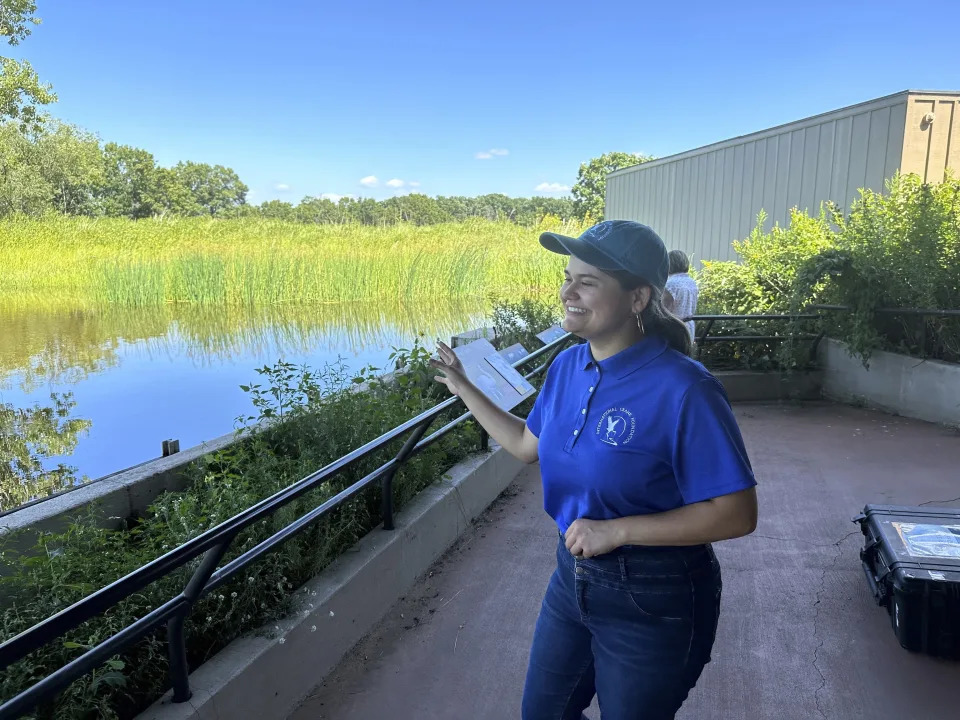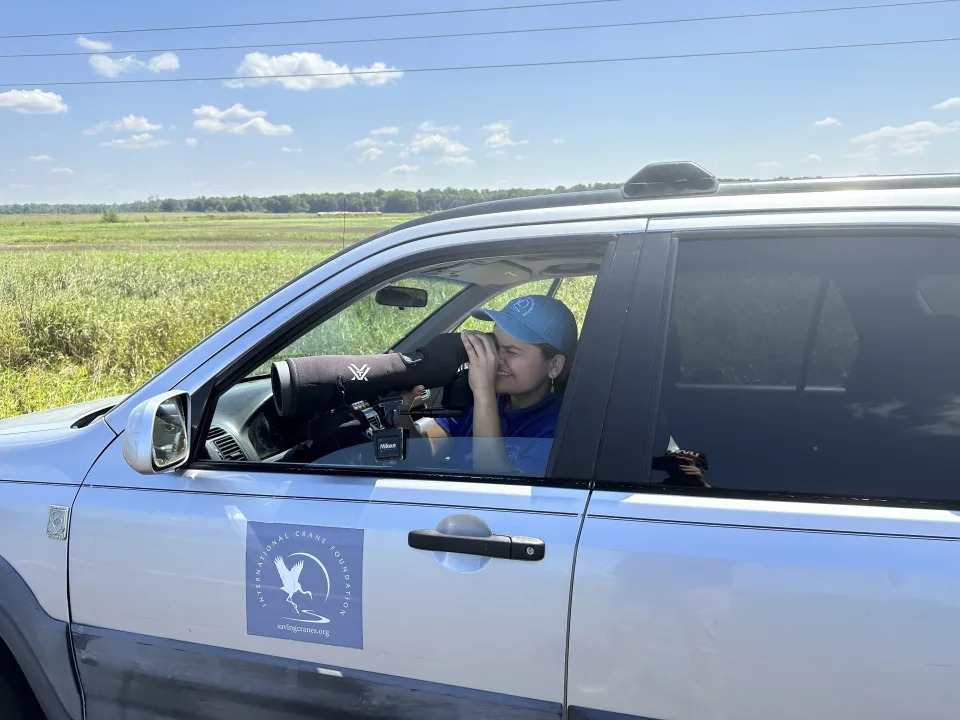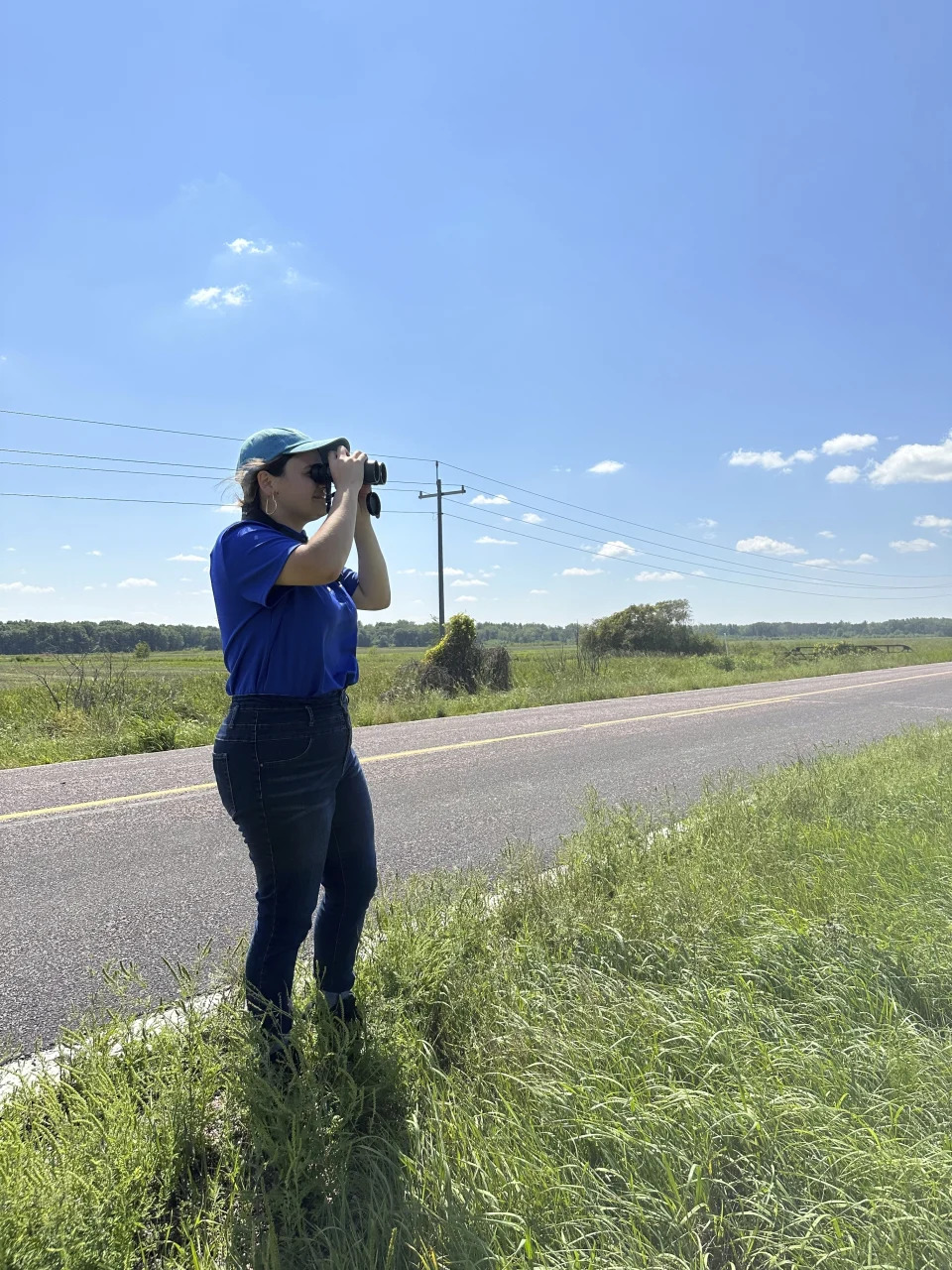JONATHAN MATTISE
Updated Fri, August 25, 2023

Tennessee Sen. Paul Rose, R-Tipton, speaks on his bill allowing faith-based adoption
agencies to decline to place children with same-sex couples because of their religious
belief during a legislative session, Jan. 14, 2020, in Nashville, Tenn. On Thursday,
Aug. 24, 2023, appellate judges revived a couple's lawsuit that alleges a state-sponsored
Christian adoption agency wouldn't help them because they are Jewish and argues
that a Tennessee law protecting such denials is unconstitutional.
(AP Photo/Mark Humphrey, File) (ASSOCIATED PRESS)Mor
NASHVILLE, Tenn. (AP) — Appellate judges have revived a couple's lawsuit that alleges a state-sponsored Christian adoption agency wouldn't help them because they are Jewish and argues that a Tennessee law protecting such denials is unconstitutional.
On Thursday, a three-judge panel of the state Court of Appeals ruled that Elizabeth and Gabriel Rutan-Ram have the right as taxpayers to sue in the case, as do six other taxpayer plaintiffs in the case. The ruling overturns a lower court's determination in June 2022 that none of them had legal standing. The case can now proceed in the trial court.
The lawsuit against the state challenges a 2020 law that installed legal protections for private adoption agencies to reject state-funded placement of children to parents based on religious beliefs.
Much of the criticism of the law focused on how it shielded adoption agencies that refuse to serve prospective LGBTQ parents. But the Rutan-Rams alleged they were discriminated against because they are Jewish, in violation of their state constitutional rights.
In their lawsuit, the married couple said the Holston United Methodist Home for Children in Greeneville barred them from taking Tennessee state-mandated foster-parent training and denied them a home-study certification when they attempted to adopt a child from Florida in 2021.
The state Department of Children's Services later provided the couple with the required training and home study, then approved them as foster parents in June 2021. The couple has been foster-parenting a teenage girl they hope to adopt. They also want to foster at least one more child, for whom they would likewise pursue adoption, the ruling states.
Americans United for Separation of Church and State, which filed the lawsuit on the couple's behalf, called this week's ruling an important victory.
“This loving couple wanted to help a child in need, only to be told that they couldn’t get services from a taxpayer-funded agency because they’re the wrong religion," said Rachel Laser, president and CEO of Americans United. “Liz and Gabe deserve their day in court, and Americans United intends to see that they get it.”
A spokesperson for the Tennessee attorney general, Amy Wilhite, said their office is reviewing the court's decision.
A representative for Holston United Methodist Home for Children did not immediately return emailed requests for comment on the ruling. The home is not a defendant in the lawsuit.
During a 2-1 trial court ruling in 2022, the judges in the majority said the plaintiffs lacked legal standing to sue, and did not rule on the constitutional protections in the lawsuit.
The judges did, however, downplay some of the lawsuit's arguments against the law, writing that it “does not single out people of the Jewish faith as a disfavored, innately inferior group.” They also found that the services the couple sought would not have been state-funded, saying the scope of Holston’s contract with the state is for services for children “in the custody of the State of Tennessee.”
Before the adoption law change, some faith-based agencies had already not allowed gay couples to adopt. But the 2020 law provides legal protections to agencies that do so.
The Holston Conference of the United Methodist Church has said the Holston United Methodist Home for Children is a separate entity from the conference, a group of some 800-plus congregations based in Alcoa, Tennessee, after the two organizations in 2002 agreed to not “accept any legal or financial responsibility for the other.”

















